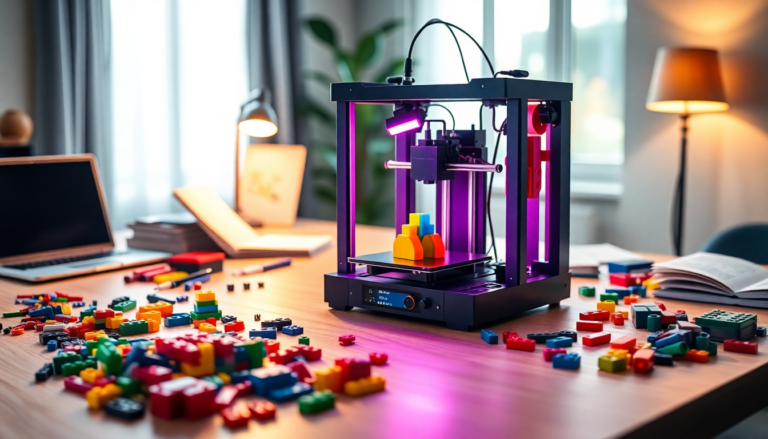Argomenti trattati
In the fast-paced world of modern technology, creativity often leads us down unexpected paths. Take, for example, the fascinating fusion of Lego and 3D printing, recently spotlighted by a Reddit user known as Zealousideal-Army333. This innovative project not only highlights the flexibility of Lego bricks but also sheds light on the hurdles encountered when two distinct technologies collide. So, what does it take to build a 3D printer using Lego? Let’s dive into the details of its design, functionality, and performance realities.
The Creative Journey: Designing the Lego 3D Printer
Building a Lego-based 3D printer is no small undertaking. Zealousideal-Army333 embarked on a journey that demanded a blend of creativity and technical prowess, resulting in a fully functional machine crafted from the ground up. This project was a labor of love, taking shape over time and reflecting the commitment and passion of its creator. With various Lego brick sizes, the printer’s structure was meticulously designed to house all the essential components needed for 3D printing.
At the core of this design are several motors that allow movement along the X, Y, and Z axes—key elements for accurate printing. A fourth motor ingeniously operates a 3D pen, which is essential for melting and dispensing filament. Rather than relying on a traditional extruder system, this inventive approach utilizes a smaller motor to activate the 3D pen, enabling it to trace the design directly onto the print bed. Isn’t it impressive how this maker has repurposed Lego parts for such a high-tech application?
Software Meets Hardware: The Functionality Factor
But there’s more to this Lego 3D printer than meets the eye. The software side is just as crucial to its operation. Zealousideal-Army333 crafted a custom Python script that interprets Marlin gcode, converting it into actionable instructions for the printer. Thanks to this integration, the Lego printer can handle standard gcode files without the headache of complicated processing. This is a prime example of how creative engineering can seamlessly blend software with hardware.
Of course, with any DIY project, performance is a significant consideration. While the Lego 3D printer is undoubtedly a captivating concept, it does come with its limitations. Users may discover that achieving satisfactory prints demands patience and multiple attempts. Although it can produce simple objects, like a Benchy boat, the process isn’t exactly straightforward. This brings up a crucial question for anyone thinking of replicating this project: how do you balance novelty with practicality?
Conclusion: Weighing Creativity Against Practicality
As intriguing as the idea of a Lego 3D printer may be, aspiring makers should carefully consider the associated costs and challenges. Sure, the novelty of constructing a printer from Lego is undeniably appealing, but it’s vital to recognize that this project could require a hefty investment of both time and resources. In fact, the total cost might surpass that of a conventional 3D printer, like the popular Ender 3, which is known for its reliability right out of the box.
In conclusion, while the Lego 3D printer crafted by Zealousideal-Army333 stands as a remarkable testament to creativity and innovation, it also reminds us that sometimes the most efficient route is to embrace tried-and-true technologies. For those eager to explore the world of 3D printing, opting for a commercially available printer might just offer a more practical and fulfilling experience.

